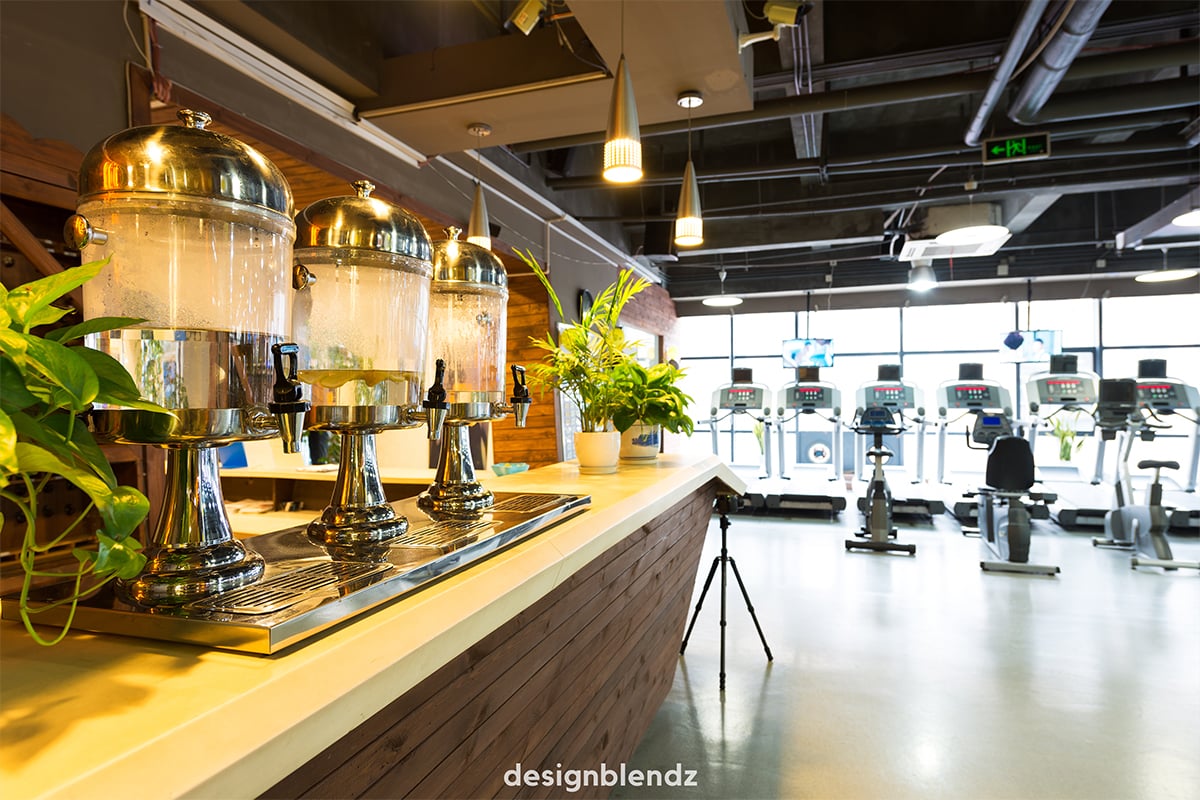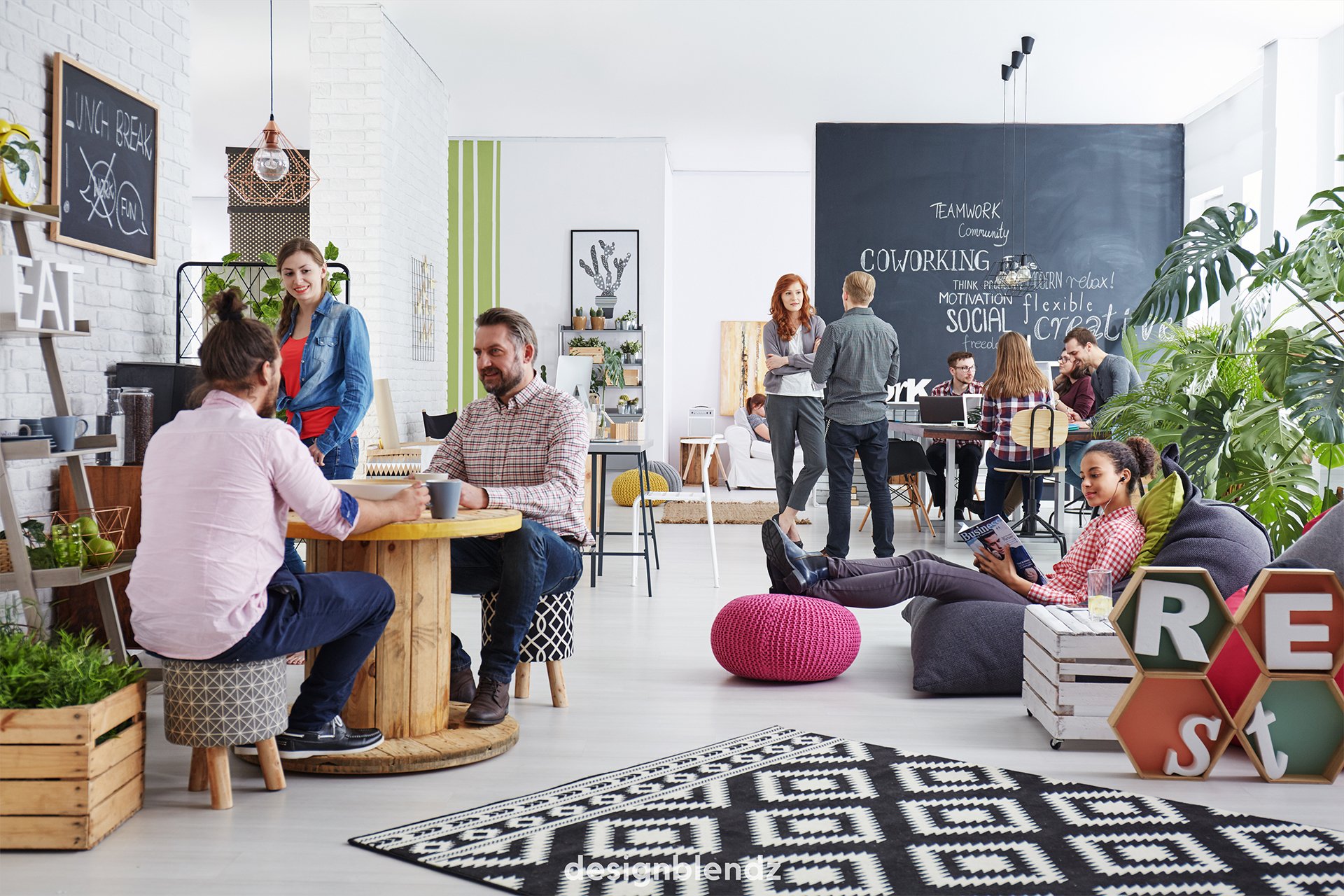Innovation doesn’t happen in a vacuum; it thrives in environments that encourage collaboration, creativity, and communication. One of the most effective ways to cultivate these elements is through thoughtful spatial design. Whether you’re revamping a co-working space, redesigning an office layout, or planning a community hub, creating collaborative zones can significantly enhance the potential for innovation. Let’s explore how spatial design can serve as a catalyst for fostering innovation.

Understanding the Power of Spatial Design
Spatial design goes beyond aesthetics; it shapes behavior, influences interactions, and sets the stage for innovation. When people are brought together in well-designed spaces, they are more likely to engage in meaningful dialogue, share ideas, and spark creativity. Here’s how spatial design can contribute to this process:
Facilitating Communication
Open layouts, comfortable seating arrangements, and strategically placed whiteboards or brainstorming areas can facilitate spontaneous discussions and idea sharing.
Promoting Serendipitous Encounters
By designing spaces that encourage movement and interaction, you increase the likelihood of serendipitous encounters – those unexpected meetings that often lead to valuable insights or collaborations.
Supporting Diverse Workstyles
Not everyone thrives in the same type of environment. By providing a variety of spaces – from quiet nooks for focused work to bustling collaborative zones – you accommodate different workstyles and preferences.
Encouraging Cross-Pollination of Ideas
When individuals from diverse backgrounds and disciplines come together, they bring unique perspectives to the table. Designing spaces that facilitate cross-disciplinary interactions can lead to innovative solutions that wouldn’t arise in siloed environments.

Key Elements of Collaborative Zones
Creating effective collaborative zones requires careful consideration of various elements to ensure they serve their purpose optimally. Here are some key elements to incorporate into your spatial design:
Flexible Furniture
Invest in modular furniture that can be easily reconfigured to accommodate different group sizes and activities. This flexibility allows spaces to adapt to evolving needs and fosters a sense of ownership among users.
Technology Integration
Equip collaborative zones with the necessary technology – such as interactive displays, video conferencing tools, and wireless connectivity – to facilitate seamless communication and idea sharing, whether participants are in the same room or spread across the globe.
Inspiring Aesthetics
Design elements such as vibrant colors, natural light, and artwork can stimulate creativity and create an inviting atmosphere that encourages people to gather and collaborate.
Privacy Considerations
While openness is essential for fostering collaboration, it’s also important to provide options for privacy when needed. Incorporate acoustic panels, soundproofing materials, or movable partitions to create semi-private areas within collaborative zones.
Access to Resources
Make sure collaborative zones are well-equipped with essential resources like whiteboards, markers, projectors, and comfortable seating to support productive brainstorming sessions and meetings.

Real-World Examples
Several organizations have successfully implemented collaborative zones into their spatial design, reaping the benefits of enhanced innovation and productivity. For instance:
Google offices are renowned for their innovative workspace designs, featuring open floor plans, flexible seating arrangements, and themed collaboration areas that reflect the company’s playful culture.
The Edge, Amsterdam
Dubbed the “smartest building in the world,” The Edge incorporates cutting-edge technology and sustainable design principles to create an environment that fosters collaboration and employee well-being.
The Garage, Microsoft
Microsoft’s Garage spaces provide employees with dedicated areas to explore passion projects, experiment with new technologies, and collaborate across teams in a supportive and creative environment.
Final Thoughts
Innovation doesn’t happen by chance; it’s cultivated through intentional design and conducive environments. By creating collaborative zones that prioritize communication, flexibility, and creativity, organizations can unlock the full potential of their teams and drive meaningful innovation. Whether you’re designing a workspace, community center, or educational facility, thoughtful spatial design can serve as a powerful catalyst for fostering innovation and collaboration in any context.



